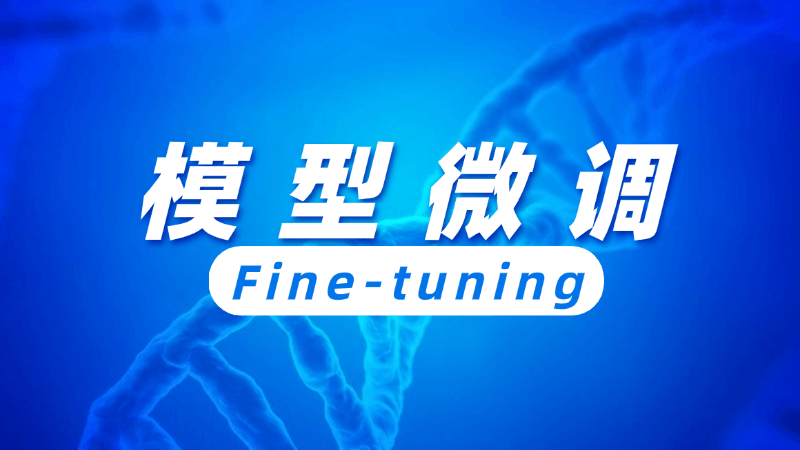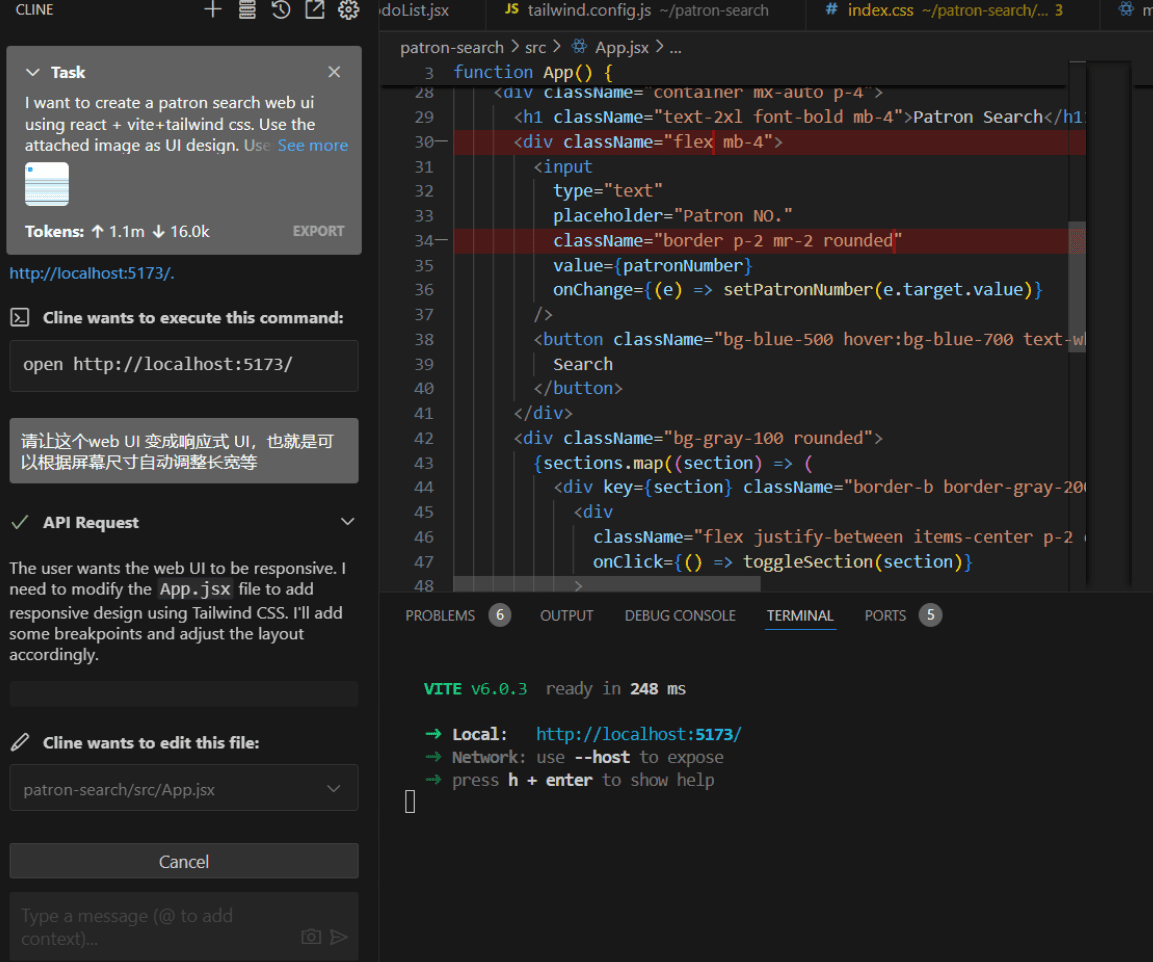What is Fine-tuning, in one article?
Definition of model fine-tuning
Model fine-tuning (Fine-tuning) is a specific implementation of transfer learning in machine learning. The core process is based on pre-training models, which utilize large-scale datasets to learn common patterns and develop extensive feature extraction capabilities. The fine-tuning phase then introduces task-specific datasets to fine-tune the model parameters and make the model output more relevant to the new task requirements. Compared with training from scratch, fine-tuning significantly reduces the amount of data and computational resource requirements, and tends to achieve better performance because the initialization points provided by the pre-trained model are far superior to random initialization. From a technical perspective, the fine-tuning process involves unfreezing some or all of the layers of the pre-trained model and training on new data at a lower learning rate to balance new knowledge learning and old knowledge retention. This approach builds on the assumption that pre-trained features are migratable and embodies the philosophy of knowledge reuse. In the field of deep learning, especially in natural language processing and computer vision, model fine-tuning has become a key tool to improve the performance of downstream tasks.
For example, the BERT model based on the Transformer architecture can be adapted to text categorization or medical Q&A tasks through fine-tuning after pre-training on a general-purpose corpus, promoting the popularization of AI technology. Model fine-tuning not only accelerates the development cycle, but also promotes AI from the lab to industrial applications, becoming a standard practice component of modern AI systems.

Historical lineage of model fine-tuning
The concept of model fine-tuning is rooted in the early stages of machine learning and continues to mature as the technology evolves. The development trajectory reflects the shift in AI from specialized to generalized models.
- early germination: In the 1990s, when the idea of transfer learning first emerged, researchers explored how to apply existing model knowledge to new domains. However, at that time, the amount of data and arithmetic power was limited, and fine-tuning was mostly confined to simple models such as support vector machines.
- Deep learning on the rise: At the beginning of the twenty-first century, the deep learning revolution brought about large-scale neural networks, and pre-trained models such as the convolutional neural network in the ImageNet competition demonstrated powerful feature learning capabilities. Fine-tuning techniques began to be systematized and became a common method in the field of image recognition.
- Natural Language Processing Breakthroughs: Post-2018, the Transformer architecture drives the development of pre-trained language models such as BERT and GPT. These models are pre-trained on massive amounts of text and the fine-tuning mechanism is widely used for downstream tasks, laying the foundation of modern NLP.
- Cross-domain expansion: In recent years, fine-tuning technology has proliferated into multimodal scenarios such as speech recognition and recommender systems. Open source communities and cloud computing platforms lower the threshold of fine-tuning so that even small and medium-sized teams can efficiently customize models.
- current trend: The emergence of automated fine-tuning tools that incorporate meta-learning to optimize processes. Historical developments show that fine-tuning has evolved from an assistive technology to a core aspect of the AI ecosystem, continuing to democratize the technology.
Core operational mechanisms for model fine-tuning
Model fine-tuning relies on transfer learning theory to achieve knowledge transfer through parameter tuning. The principles involve multiple levels, from mathematical foundations to practical strategies.
- Feature Migration: Pre-trained models learn generic features, such as edge detection or syntactic structure, over large amounts of data that can be used as a basis for new tasks, and fine-tuning only requires learning task-specific differences.
- Loss function optimization: Fine-tuning adds new task loss terms to the pre-training loss function to minimize the total loss via a gradient descent algorithm. The learning rate is set low to avoid destroying existing features.
- Parameter update strategy: Common practices include full fine-tuning (updating all weights) or partial fine-tuning (freezing some layers). Partial fine-tuning reduces computation and is suitable for resource-constrained scenarios.
- overfitting control: Fine-tuning data is usually small and regularization techniques such as Dropout or early stopping methods are needed to ensure model generalization capabilities.
Practical applications of model fine-tuning
Model fine-tuning technology penetrates multiple industries and drives AI solutions to the ground. Its applications range from everyday tools to specialized systems.
- natural language processing (NLP): In text categorization, machine translation or sentiment analysis, pre-trained language models are fine-tuned to understand domain-specific terms. For example, customer service bots use fine-tuning to improve response accuracy.
- computer vision: Image recognition models such as ResNet are fine-tuned to adapt to medical image diagnosis or autonomous driving scenarios to reduce the need for labeled data.
- speech processing: Speech recognition systems are fine-tuned to adapt to dialects or noisy environments based on generic models to improve robustness.
- recommender system: E-commerce platforms leverage fine-tuned personalized recommendation models to dynamically adjust output based on user behavior.
- Multimodal applications: Combining models of text and images fine-tuned to handle cross-media content, e.g., automatic generation of image descriptions.
The value of the significant advantages of model fine-tuning
Model fine-tuning brings multiple benefits over traditional training methods to facilitate efficient AI deployment.
- Resource efficiency: Dramatically reduce data collection and computational costs, pre-trained models provide a high starting point, and fine-tuning requires only a small amount of task data.
- time-saving: Shorter development cycles allow teams to quickly iterate on models and adapt to market changes.
- performance enhancement: Fine-tuning models is often preferable to training models from scratch because pre-trained features provide strong initialization.
- High flexibility: The same pre-training model can be fine-tuned to multiple tasks, supporting modular development.
- Highly popular: Lower the technical barriers to enable non-experts to participate in building AI applications and promote the democratization of innovation.
Potential challenges and limitations of model fine-tuning
Despite the obvious advantages, model fine-tuning faces a number of challenges that need to be addressed with caution.
- overfitting risk: Small-scale fine-tuning of the data tends to lead to overfitting of the model to the training set and a decrease in generalization ability.
- Computing resource requirements: Although it saves resources compared to training from scratch, large-scale model fine-tuning still requires hardware support such as GPUs.
- amnesia: The fine-tuning process may weaken the generalization capabilities of pre-trained models, requiring a trade-off between specialization and generalization.
- hyperparameter sensitivity: Hyperparameter settings such as learning rate and number of training rounds have a large impact on the results and are more difficult to optimize.
Symbiosis between model fine-tuning and pre-trained models
Pre-training and fine-tuning constitute a continuous process, and they interact closely to support model performance.
- Foundations and Extensions: Pre-trained models provide a generalized knowledge base on which fine-tuning builds task-specific extensions.
- Data dependency: Pre-training relies on large-scale unlabeled data and fine-tuning relies on small-scale labeled data, reflecting efficient data utilization.
- technological complementarity: Pre-training focuses on feature learning breadth, fine-tuning focuses on depth adaptation, and technical strategies complement each other.
- ecological coordination: Open-source pre-trained models (e.g., Hugging Face library) facilitate fine-tuning practices and form a collaborative community ecosystem.
- Evolutionary Interaction: Pre-training model improvements (e.g., larger scale training) directly enhance fine-tuning potential and drive overall technical progress.
Commonly used technical methods for model fine-tuning
In practice, fine-tuning techniques are varied, and appropriate methods are selected according to different scenarios.
- full fine-tuning: Unfreeze all layers of the pre-trained model and fully update the parameters, suitable for tasks with large amounts of data.
- Partial fine-tuning: Freeze the bottom layer of the model (feature extraction layer) and fine-tune only the top layer (classification layer) to reduce computational overhead.
- Adapter Module: Lightweight fine-tuning is achieved by inserting small trainable adapters into the model, keeping the pre-training parameters constant.
- Layer-by-layer thawing: Gradual unfreezing of model layers, from top to bottom, to control the stability of the training process.
- multitasking fine-tuning: Simultaneous fine-tuning to multiple related tasks, shared feature representation, and improved model robustness.
Real-world examples of model fine-tuning
Real-world examples demonstrate the value and applicability of fine-tuning techniques.
- Application of BERT in Sentiment Analysis: Generalized BERT model fine-tuned on movie review data to accurately determine text sentiment polarity for social media monitoring.
- The use of ResNet in medical imaging: ImageNet pre-trained ResNet model fine-tuned to recognize signs of pneumonia in X-rays to assist doctors in diagnosis.
- GPT Series in Content Generation in Practice: GPT-3 models are fine-tuned to adapt legal document generation and output text that conforms to industry specifications.
- Whisper Optimization in Speech Transcription: Open-source speech model Whisper, fine-tuned to adapt to specific accents and improve transcription accuracy.
- Deployment of Vision Transformer in Agricultural Inspection: ViT model fine-tuning for UAV image analysis for automated detection of crop pests and diseases.
Future directions for model fine-tuning
Fine-tuning technology continues to evolve, with future directions focusing on intelligence and automation.
- Automated fine-tuning: Utilizing meta-learning or neural architecture search, hyperparameters and fine-tuning strategies are automatically selected with less human intervention.
- Cross-modal fine-tuning: Extended joint fine-tuning of text, image, and speech to support more complex multimodal tasks.
- Federal Learning Integration: Distributed fine-tuning combined with federated learning in privacy-preserving scenarios without centralizing data.
- Interpretability enhancement: Develop tools to visualize the fine-tuning process, understand knowledge migration mechanisms, and improve model transparency.
- Sustainable development: Optimize fine-tuned energy consumption and incorporate green computing techniques to reduce environmental impact.
© Copyright notes
Article copyright AI Sharing Circle All, please do not reproduce without permission.
Related articles

No comments...




